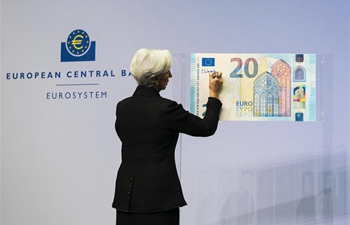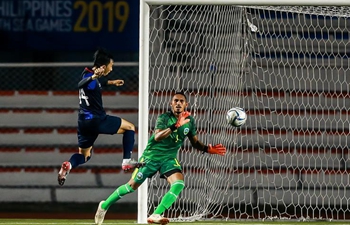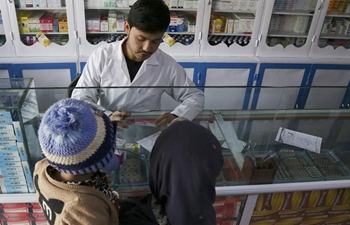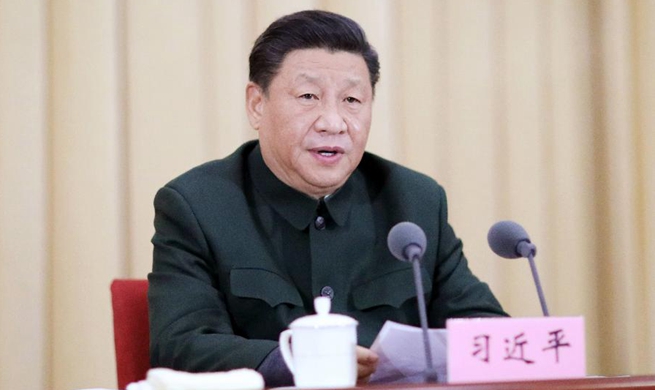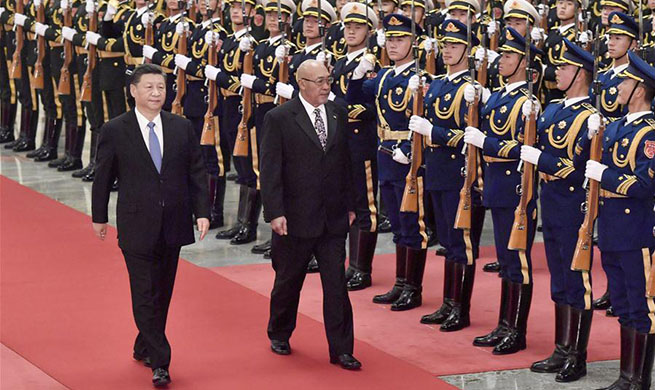MANILA, Nov. 28 (Xinhua) -- The Philippines and the World Bank signed on Thursday an additional 300 million U.S. dollars to finance the government's poverty-reduction program.
According to the Philippine Department of Finance (DOF), the loan agreement, which the Philippine Finance Secretary Carlos Dominguez and World Bank Country Director Mara Warwick signed, aims to further strengthen the government's conditional cash transfer (CCT) program until 2022 by continuing to support the delivery of CCTs to millions of beneficiaries.
CCT program, also known as Pantawid Pamilyang Pilipino Program (4Ps), is a human development measure of the Philippine national government that provides conditional cash grants to the poorest of the poor, to improve the health, nutrition, and the education of children.
Dominguez said the loan agreement will provide an additional 300 million U.S. dollars financing for the CCT program under the second phase of the government's Social Welfare Development and Reform Program.
The administration of Philippine President Rodrigo Duterte aims to reduce poverty incidence to 14 percent by 2022.
Dominguez said the new loan from the World Bank will be used for improving the CCT program's implementation performance, monitoring and evaluation procedures and upgrading key dimensions of the CCT' program management.
It will also help boost early childhood development and fight malnutrition among 8.7 million children from some 4.2 million families currently benefitting from the CCT program, he added.
The DOF said the World Bank has contributed a total of 1.26 billion U.S. dollars to the Philippines' CCT program since it first provided funding support for this program in 2010.
Warwick, for her part, said the World Bank "is pleased that the government continues to strive to achieve even greater impacts from the program, including through innovations and investment in strengthening the (list) of household targeting system; sharpening the program's focus on children's health and nutrition to reduce childhood stunting; and improving the payment system through introduction of digital technology for timely payments."
According to Warwick, a World Bank study "estimated that the country's cash transfer programs are the second most significant contributor to poverty reduction in the Philippines after individuals' wage earnings from non-agricultural activities."
In April, the Philippine Statistics Authority (PSA) said poverty incidence in the Philippines has decreased 6.6 percentage points to 21.0 percent during the first half of 2018 from the adjusted 27.6 percent during the first half of 2015.
Over the course of three years, PSA said that poverty decreased substantially, down by 6.6 percentage points, due to sustained economic growth and critical and broad-based reforms and investments that have translated to employment generation and social protection.
